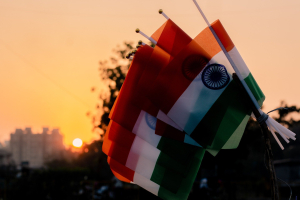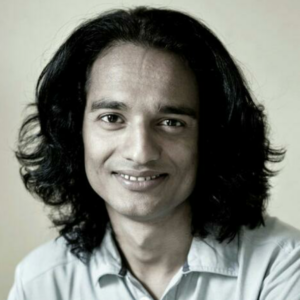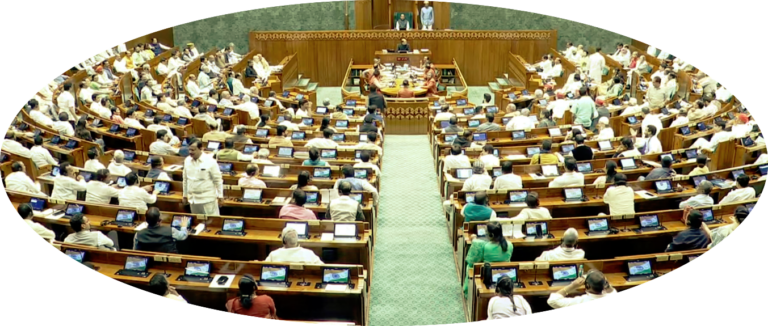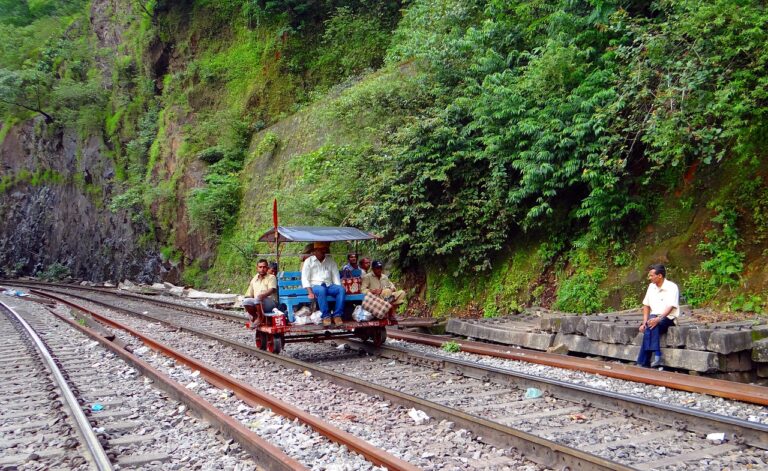
I-Day Special: The politics over the partition
Special attention to ‘Partition Horrors Remembrance Day’ is a new State initiative during this Amrit Mahotsav, a seventy-five weeks series of celebrations when seventy-five years have passed since the independence of India in 1947. Indeed it’s one of the significant initiatives to recollect united India and its partition with the displacement and massacre of millions of fellow companions. The marks of the partition and displacement are inscribed on Mother Earth and also on the forehead of Bharat Mata, the spear of Mother India. It was the period when Punjab and Bengal were burning in the civil war and anarchy. Mahatma Gandhi’s secretary Pyarelal referred to the national capital as a city of the dead. This terrible tragedy in the history of modern India will continue to hurt in future as well. The displacement of 15 to 20 million people and the death of more than a million innocent people turned it into the Mahabharata of modern times.
The Congress Working Committee surrendered to the British and the Muslim League when passed the resolution on the partition as if this was the only possibility at that juncture. On 3rd June 1947, the viceroy Lord Mountbatten declared independence after 72 days on 15th August. The communal tension rendered an opportunity to return the British back safely to their homeland. The state of the civil war was a reality in certain parts of India since the violence in Kolkata during Direct Action Day on 16th August 1946. The displacement of such a huge population in a short span of time created serious problems. The Hindus and Muslims were thirsty for the blood of each other. The disappearance of more than a million people, rape of at least seventy-five thousand women and innumerable acts of robbery proved the price of freedom. Dead bodies were scattered all over Delhi, and in order to stop violence Gandhi, who claimed partition on his dead body, kept on the satyagraha fasting. Finally, after his assassination on 30th January 1948 the communal tension came to an end as the consciousness of the people returned. Meanwhile, the orgy of the civil war was at its peak.
The British policy of divide and rule gave air to the rift between the Hindus and Muslims. Its climax was the creation of two nations i.e. India and Pakistan. Partition exposed the difference between Mother Earth and Mother India. Initially, its process started in 1905 with the partition of Bengal. It helped the masses to unite in a series of protests against that. As a consequence, Bengal got united again in 1911. The events of 1947 and 1971 are yet another part of the same divisive story. All the agonies of these 66 long years are contained in the 6 to 7 months of heavy displacement and associated violence. The partition of Bengal defined the age of the triumvirate i.e. Lal-Bal-Pal. In association with the Ali brothers and MA Jinnah, they adopted a policy of Hindu-Muslim unity to fight against the British regime that remained in effect from 1916 to 1934. Later, this idea of unity converted into a policy of partition on religious grounds. The transformation of Jinnah and the Muslim League are also parts of this period.
Socialist leader Ram Manohar Lohia wrote a book, Guilty Men of India’s Partition, in order to address this issue. It’s said that the agenda of partition in the Congress Working Committee was proposed by none other than Mahatma Gandhi. After that, he referred to the response of Maulana Abul Kalam Azad. Gandhi tried hard to ensure the same to the Viceroy when Louis Mountbatten visited him during the vow of silence as if there were no other means to stay away from civil war. Gandhi’s secretary Pyarelal and the ADC to the Viceroy Narendra Singh Sarela wrote excellent books covering this subject. India Wins Freedom, Freedom at Midnight and Lead Kindly Light are other significant works on it.
Jinnah went to London in 1930 to take part in the first Round Table Conference. After its failure, he left politics and started to practice law in the privy council in London itself. After his return in 1934, he focused on the creation of the Muslim nation carved out of India. He realised the significance of the two nations theory as one of the needs of colonialism during these four years in London. During the Second World War, the Congress Party raised the Quit India movement, and at the same time, Jinnah started the demand for Pakistan. Iqbal, the Urdu poet known for Sare Jahan Se Achha Hindustan Hamara, and Jinnah came to an agreement for Pakistan before the League resolved it in its conference at Lahore in 1940. With the help of Queen Victoria’s grandson Lord Mountbatten they realised this dream after seven years. In this Mahabharata, Jinnah tried hard to play the role of Karna. As such the partition was not possible in his absence. Everyone surrendered before this ill scheme of the British and Muslim League. The nationalist leaders dreaming to see a united India were disappointed. They were further branded as communal elements responsible for the partition, however, the reality was the contrary to it.
Pakistan and Bangladesh after the separation of Myanmar and Srilanka added to Indian history due to the colonial rule. In 1950 the governments of Pakistan and India decided to stop the migration, but illegal migration still continues. The government of India introduced the Citizenship Amendment Act (CAA) recently. The leaders like Atal Bihari Vajpayee and IK Gujral, in the eighties and nineties, tried to address this issue. The Gujral Doctrine and the formation of the South Asian Fraternity against the idea of the SAARC are outcomes of their endeavours. The state initiative of the Constitution Day and after that Partition Horrors Remembrance Day can help us to discuss further on it, however, it cannot fulfil the lost dream of United India.
The pain of partition and large-scale displacement turned the boon of independence into a curse. It will continue to inspire us to remove the obstacles that colonialism introduced. The two-nation theory based on Hindu-Muslim division is a failure that is reflected in the creation of the ‘secular’ Bangladesh in 1971.
*Kaushal Kishore is the author of The Holy Ganga (Rupa, 2008) and Managing Editor of Panchayat Sandesh, a monthly organ of All India Panchayat Parishad. The views expressed as personal.


 –
– 


